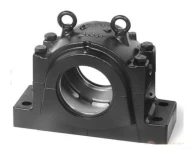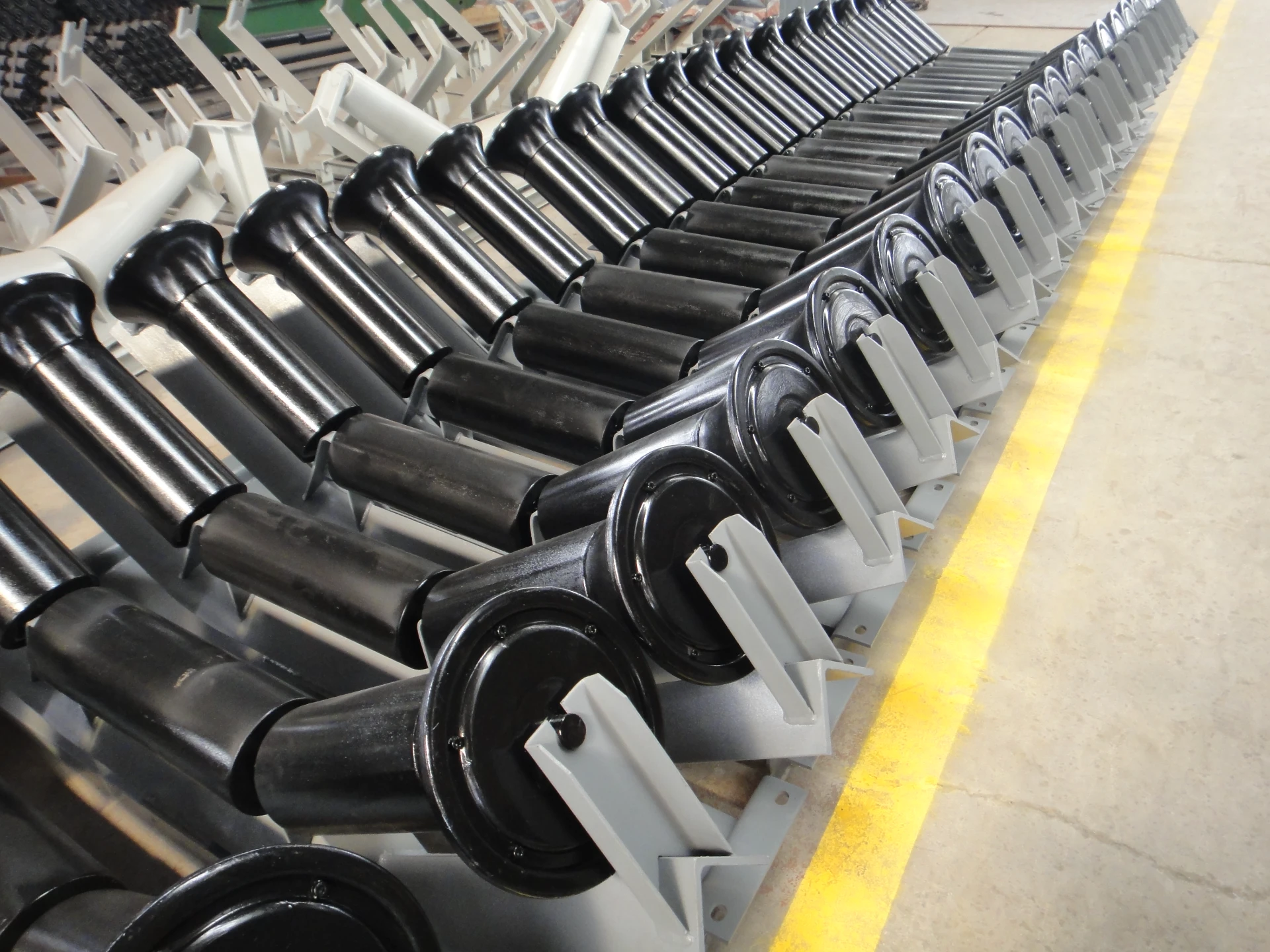 Afrikaans
Afrikaans  Albanian
Albanian  Amharic
Amharic  Arabic
Arabic  Armenian
Armenian  Azerbaijani
Azerbaijani  Basque
Basque  Belarusian
Belarusian  Bengali
Bengali  Bosnian
Bosnian  Bulgarian
Bulgarian  Catalan
Catalan  Cebuano
Cebuano  Corsican
Corsican  Croatian
Croatian  Czech
Czech  Danish
Danish  Dutch
Dutch  English
English  Esperanto
Esperanto  Estonian
Estonian  Finnish
Finnish  French
French  Frisian
Frisian  Galician
Galician  Georgian
Georgian  German
German  Greek
Greek  Gujarati
Gujarati  Haitian Creole
Haitian Creole  hausa
hausa  hawaiian
hawaiian  Hebrew
Hebrew  Hindi
Hindi  Miao
Miao  Hungarian
Hungarian  Icelandic
Icelandic  igbo
igbo  Indonesian
Indonesian  irish
irish  Italian
Italian  Japanese
Japanese  Javanese
Javanese  Kannada
Kannada  kazakh
kazakh  Khmer
Khmer  Rwandese
Rwandese  Korean
Korean  Kurdish
Kurdish  Kyrgyz
Kyrgyz  Lao
Lao  Latin
Latin  Latvian
Latvian  Lithuanian
Lithuanian  Luxembourgish
Luxembourgish  Macedonian
Macedonian  Malgashi
Malgashi  Malay
Malay  Malayalam
Malayalam  Maltese
Maltese  Maori
Maori  Marathi
Marathi  Mongolian
Mongolian  Myanmar
Myanmar  Nepali
Nepali  Norwegian
Norwegian  Norwegian
Norwegian  Occitan
Occitan  Pashto
Pashto  Persian
Persian  Polish
Polish  Portuguese
Portuguese  Punjabi
Punjabi  Romanian
Romanian  Russian
Russian  Samoan
Samoan  Scottish Gaelic
Scottish Gaelic  Serbian
Serbian  Sesotho
Sesotho  Shona
Shona  Sindhi
Sindhi  Sinhala
Sinhala  Slovak
Slovak  Slovenian
Slovenian  Somali
Somali  Spanish
Spanish  Sundanese
Sundanese  Swahili
Swahili  Swedish
Swedish  Tagalog
Tagalog  Tajik
Tajik  Tamil
Tamil  Tatar
Tatar  Telugu
Telugu  Thai
Thai  Turkish
Turkish  Turkmen
Turkmen  Ukrainian
Ukrainian  Urdu
Urdu  Uighur
Uighur  Uzbek
Uzbek  Vietnamese
Vietnamese  Welsh
Welsh  Bantu
Bantu  Yiddish
Yiddish  Yoruba
Yoruba  Zulu
Zulu Belt Conveyor Parts & Functions Durable Components & Pulley Systems
- Overview of Belt Conveyor Systems and Component Roles
- Critical Technical Specifications for Optimal Performance
- Manufacturer Comparison: Durability vs. Cost Efficiency
- Customization Strategies for Industry-Specific Needs
- Case Study: Mining Sector Efficiency Improvements
- Maintenance Protocols for Extended Component Lifespan
- Future Trends in Belt Conveyor Function Enhancements

(belt conveyor parts and functions)
Understanding Belt Conveyor Parts and Functions
Modern belt conveyor systems rely on six core components:
- Conveyor Belts: 80% of systems use rubber compounds for heavy-load applications
- Pulleys (Drive, Tail, Snub): Stainless steel variants withstand 2-3× more torque
- Idlers/Rollers: Precision bearings reduce energy consumption by 18-22%
- Motors (5-500 HP): Variable frequency drives enable 30% speed adjustment ranges
- Cleaning Systems: Scrape 98% of residual material automatically
- Tracking Mechanisms: Laser-guided alignment prevents 92% of belt deviations
Technical Advantages Across Component Categories
| Component | Material Innovation | Load Capacity | Operational Lifespan |
|---|---|---|---|
| Impact Bars | UHMW-PE Composite | Up to 4,000 lbs/ft | 7-10 years |
| Pulley Lagging | Ceramic-Embedded Rubber | N/A | 12-15 years |
| Return Idlers | Galvanized Steel | 1,200 lbs/ft | 5-8 years |
Manufacturer Performance Benchmarking
Leading conveyor belt manufacturers demonstrate distinct operational profiles:
| Vendor | MTBF (Hours) | Energy Efficiency | Customization Lead Time |
|---|---|---|---|
| Company A | 25,000 | 92% | 4-6 weeks |
| Company B | 32,500 | 88% | 8-10 weeks |
| Company C | 28,400 | 95% | 6-8 weeks |
Mean Time Between Failures for complete conveyor systems
Adaptive Engineering Solutions
Custom belt conveyor configurations address specific challenges:
- High-Temperature Environments: Aramid-reinforced belts withstand 400°F continuous exposure
- Corrosive Material Handling
316L Stainless Steel Components Chemical Processing 5-year corrosion warranty Sustaining Peak Conveyor Belt Functions
Implement these maintenance practices to maximize component effectiveness:
- Infrared thermal scanning every 500 operational hours
- Belt tension calibration within 5% of OEM specifications
- Predictive replacement of wear components at 85% lifespan threshold
Innovations in Conveyor Belt and Pulley Technology
Recent advancements in belt conveyor systems include:
- Smart pulleys with embedded IoT sensors (15-20% failure prediction accuracy improvement)
- Self-healing belt compounds reducing replacement frequency by 40%
- Hybrid drive systems combining electric and hydraulic power (27% energy savings)

(belt conveyor parts and functions)
FAQS on belt conveyor parts and functions
Q: What are the key components of a belt conveyor system?
A: The main components include the conveyor belt, drive pulley, idler rollers, motor, and frame. These parts work together to transport materials efficiently. The belt carries the load, while pulleys and rollers enable movement and tension control.
Q: What is the function of the drive pulley in a conveyor belt system?
A: The drive pulley provides the mechanical force to move the conveyor belt. It transfers torque from the motor to the belt, enabling material transport. Its surface is often lagged to improve grip and reduce slippage.
Q: How do idler rollers contribute to conveyor belt operations?
A: Idler rollers support the conveyor belt and materials being transported. They reduce friction and maintain proper belt alignment. Their spacing and design impact load capacity and energy efficiency.
Q: Why is belt tension critical in conveyor systems?
A: Proper belt tension ensures grip on the drive pulley and prevents slippage. It maintains tracking stability and reduces wear on components. Tension is typically adjusted using take-up mechanisms or counterweights.
Q: What role do pulleys play in conveyor belt functionality?
A: Pulleys guide and redirect the conveyor belt's movement. The drive pulley powers the system, while snub or bend pulleys adjust wrap angles. Return pulleys assist in maintaining tension on the belt's underside.
-
Revolutionizing Conveyor Reliability with Advanced Rubber Lagging PulleysNewsJul.22,2025
-
Powering Precision and Durability with Expert Manufacturers of Conveyor ComponentsNewsJul.22,2025
-
Optimizing Conveyor Systems with Advanced Conveyor AccessoriesNewsJul.22,2025
-
Maximize Conveyor Efficiency with Quality Conveyor Idler PulleysNewsJul.22,2025
-
Future-Proof Your Conveyor System with High-Performance Polyurethane RollerNewsJul.22,2025
-
Driving Efficiency Forward with Quality Idlers and RollersNewsJul.22,2025





























